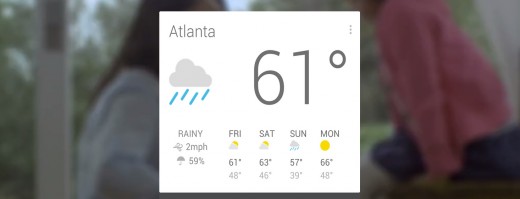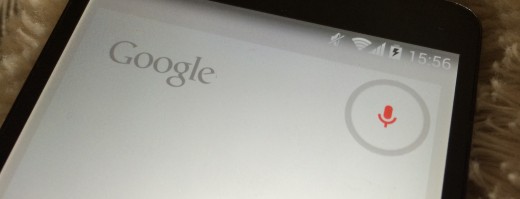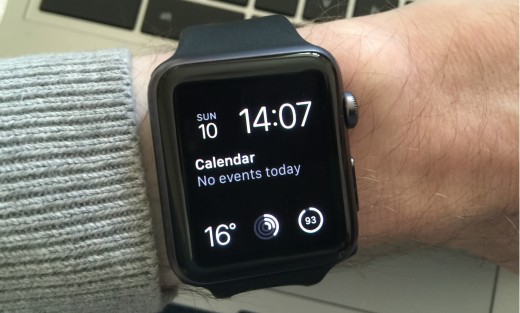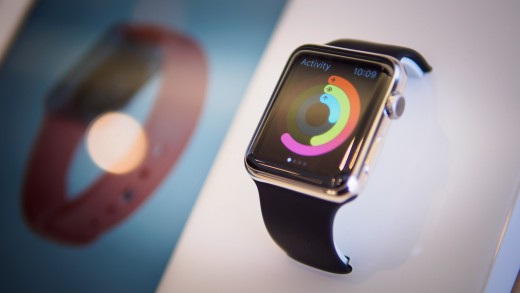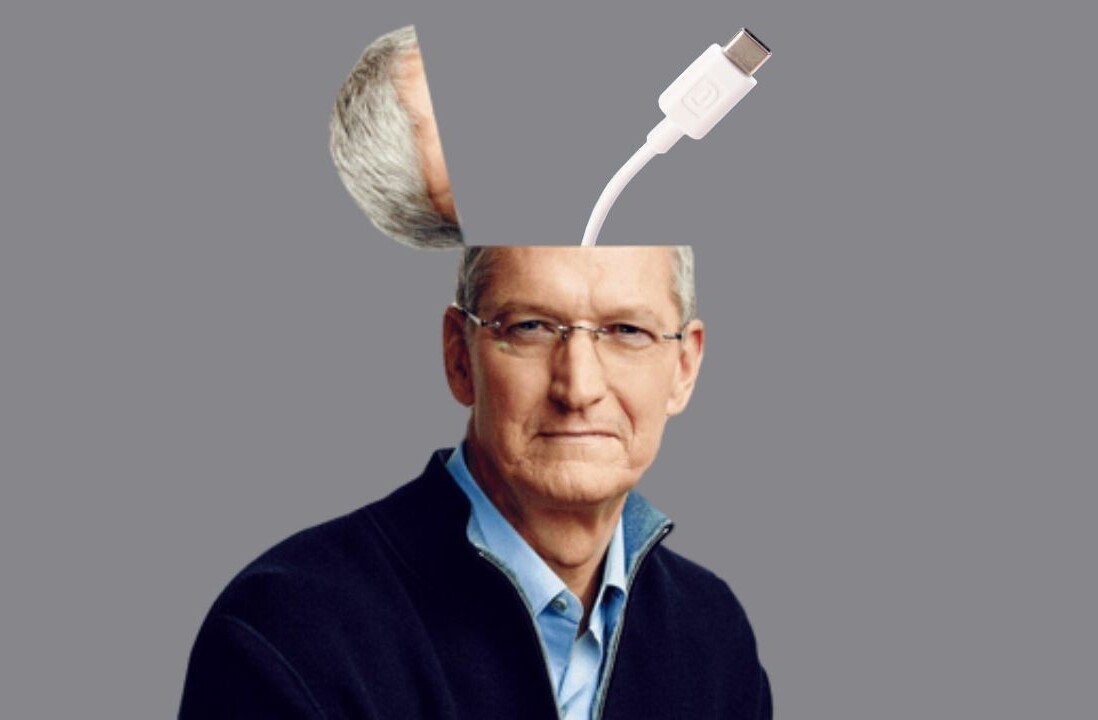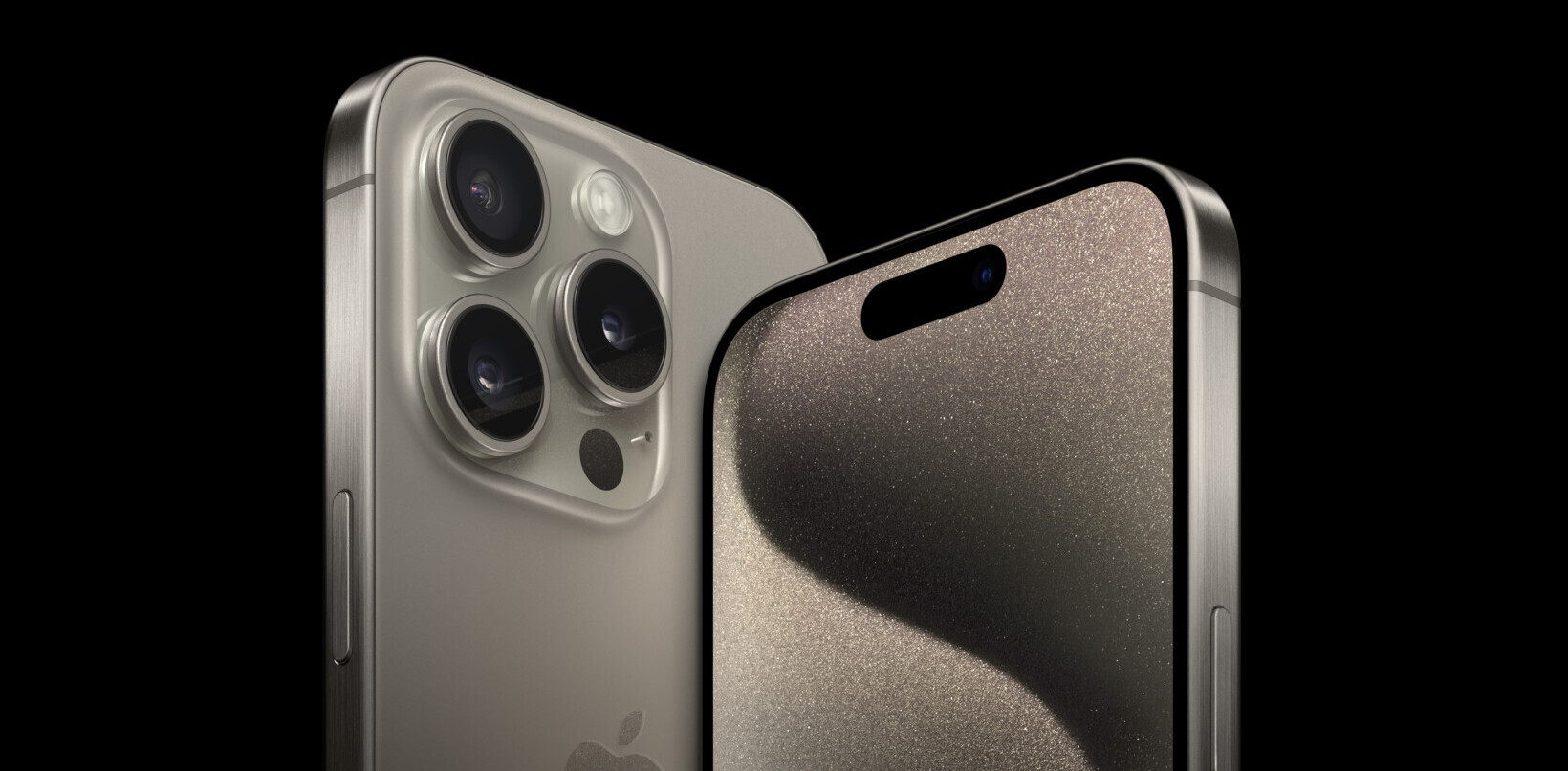
First shots were fired in 2013. That’s when Robert Scoble published his book on the rise of contextual computing: The Age of Context, citing Google Glass as the premier device of the new era. But it’s only now that Apple and Google – juggernauts defining the landscape of consumer technology – have started to move the frontlines. The battle for getting context right is on and its results will decide the future of mobile.
Glass indeed promised a lot. But it flopped. Smart eyewear, designed to display information where and when needed, wasn’t smart enough to succeed. It was killed earlier this year, at least as a consumer product, because it is still doing well in experimental and specialized use. Now it’s Tony Fadell’s, of Nest (and, oh irony, Apple) fame’s job to bring it back to life. But that’s plan for the future: in the present, there is no Glass.
OK, Google…
Google’s attempt to bring context in front of our eyes has failed. But they’re not giving up on contextual computing. They know it’s the key to mobile of tomorrow. Desktops, accompanied by large screens, wide keyboards, and comfy chairs, invited you to spend time with them. To ask them questions, and seek out the answers. On mobile, it doesn’t work that way. Mobile sucks for manual input, be it your credit card number or a search query. On mobile, the content needs to be glanceable and actionable.
No wonder that over the last two years, Apple, Samsung, and LG have introduced features that are all called glance. Google is in that game, too. They are making it possible to order food directly from search results. It’s not that much of a stretch to imagine this feature making its way into Google Now in form a card. Unlock phone, swipe right, bam! Pizza is en route, will reach the office in 30 minutes.
Google Now itself is Google’s trump card when it comes to context. A couple of weeks ago, in a surprisingly underreported announcement, the company has revealed that it is working on an open API for Google Now. Why is it such a big deal? Because Google Now is the first thing you see after unlocking your Android phone. It often is the last , too. The question you had for the device might have been answered with just one look at the Now cards.
They tell you the weather, how long it will take to commute to the office, what was the result of yesterday’s Champions League game. Now also knows you’re having lunch with Mike at noon and that the gift for Lucy’s birthday has shipped. But as powerful as it is, until recently, Google Now was limited to Google’s own services. No more.
In January Google has added 40 partners, enabling them to create their own Now cards and followed up with another 60 announced at Google I/O. Lyft offers a ride after you land at the airport, AirBnB recommends apartments nearby when you’re traveling, and the Guardian newspaper serves you news first thing in the morning.
All this fed to you in the form of cards, based on your current context: be it a business trip, vacation, or everyday routine. After Google opens up the API for everyone, it won’t be 100 apps. There are 1.4 million Android apps available right now. That’s a lot of potential cards.
Google I/O’s announcements weren’t limited to more API partners for Now. The biggest news of the event was Google Now on Tap, coming to Android M. How does it work? Just hold down the home button, and Google will scan currently active app content for important pieces of information and offer you immediate action in the form of cards. Someone texts you a shopping list: hold down the home button to add a reminder.
Reading a review of the new ‘Mad Max’ movie: hold down the home button to rate it on IMDb. Listening to Skrillex on Spotify: hold down the home button and say OK Google, what’s his real name to learn it’s Sonny John Moore. With Now on Tap, context isn’t limited to one screen: it’s available everywhere, with a single gesture.
Snowball’s Anish Acharya states that ‘grid of apps’ model of mobile is breaking, because the volume of content is too large. That’s true. This is why cards, notifications, and recently introduced search for in-app content will replace the grid of apps on Android. Google can pack all this into Google Now: context-aware feed that will push what you need before you know you need it and will always be available… on tap.
Google got burnt with Glass and said f*** that, let’s keep smartphone the driver for context until Tony Fadell figures it out. They took the game back to their home turf: building incredibly smart software – Android Wear, Brillo, and Google Now – on top of other software giants: Android and Search. This is how Google wants to win context, the next battle in mobile.
First-mover disadvantage
Demise of Google Glass was, however, one of the best things that could have happened to Apple. Glass, the soon-to-be king, prematurely crowned by Robert Scoble, fell into coma and, after months of silence, died. Google wanted to create the wearable, but instead it left an empty throne.
Apple watched and took notes. Look what Shel Israel wrote about Glass back in 2012:
I have to admit, the Google Glasses seem a bit too odd to me and my wife Paula cringes at the thought of walking into a room where people are tweeting and checking out the news through an odd-looking personal goggles.
It sums up all the problems Glass faced, that have been elegantly solved by Apple. Glass was creepy and odd, while Watch doesn’t stray too far from a familiar form factor. Glass required your full attention, while Watch is glanceable. Glass made creating and exploring content awkward, Watch makes its capabilities and limits clear with the digital crown. Watch might be a wearable computer in its form, but in execution, it’s more Now than Glass.
Google’s services still work better on Now than Apple’s on Watch, but the Apple’s first wearable has one enormous advantage over Google Now. The SDK is already out there. WatchKit went live in November 2014: developers had half a year to get ready for the Watch’s release. Apple had Uber, OpenTable, and New York Times on day one, with thousands of extensions in the works. Google needed three years to add 100 partners to Now, and the date for opening up the API for everyone is still TBA.
One more ace in Apple’s hole stems from their philosophy of controlling the ecosystem through controlling the stack. Watch can be the leading contextual platform not only because of accessible notifications and glances, but also because it can know… you. Google Now of course knows you too, but it can only learn as much as it infers from your digital habits.
Apple Watch is more intimate. With all the embedded sensors, it knows you physically. And there’s no fragmentation: all models pack the same hardware. Plus the HealthKit framework introduced with iOS 8 is the perfect fit for the Apple Watch to become the most personal gadget available. And personalization is driven by context.
Follow the money
You might be wondering why context is so important for the two giants. In case of Apple it’s easy: they make money from products, and context is the selling point of their newest one. Meanwhile, Google needs new revenue streams on mobile. When it comes to search traffic, mobile has already overtaken desktop, but it’s still the latter that earns Google lion’s share of their money.
So they’ve started looking elsewhere. But at the end of the day, to win context wars, you need more than to monetize your own products and services. You need to enable others to monetize theirs. Those others are developers.
We’ve already seen that happen twice. The company that won developers over also won PC (Microsoft with Windows). The company that won developers over also won mobile (Apple with iOS). And the company that will win developers over will win context. Both Apple and Google, however, still have a long way to go.
Developers can get excited about all the new tools, be it WatchKit, HealthKit, or Google Now API, but tools alone won’t keep them around. Unless, of course, those tools happen to be pickaxes in the middle of a gold rush. Because what developers need more than neat SDKs are ways to make money.
Empowering developers to monetize context is challenging. Facebook, despite having everything in order to succeed, failed. They process loads of user data, have an incredible social graph, and concentrate activity around News Feed updating in real time with personalized content. And yet, you don’t use many apps on Facebook, do you?
Out of curiosity, I checked my own profile: the only application I have enabled from outside FB’s standard suite (messages, events, pokes) is Words with Friends, which I haven’t played in three years. And even successful apps that do use Facebook’s API, like Tinder, don’t bring any extra context to your News Feed.
How hard is this nut to crack? Well… when was the last time you saw a job offer for a Facebook developer?
Read Next: Apple reveals proactive Siri to take on Google Now
Image credit: Shutterstock, Apple, Google
Get the TNW newsletter
Get the most important tech news in your inbox each week.


